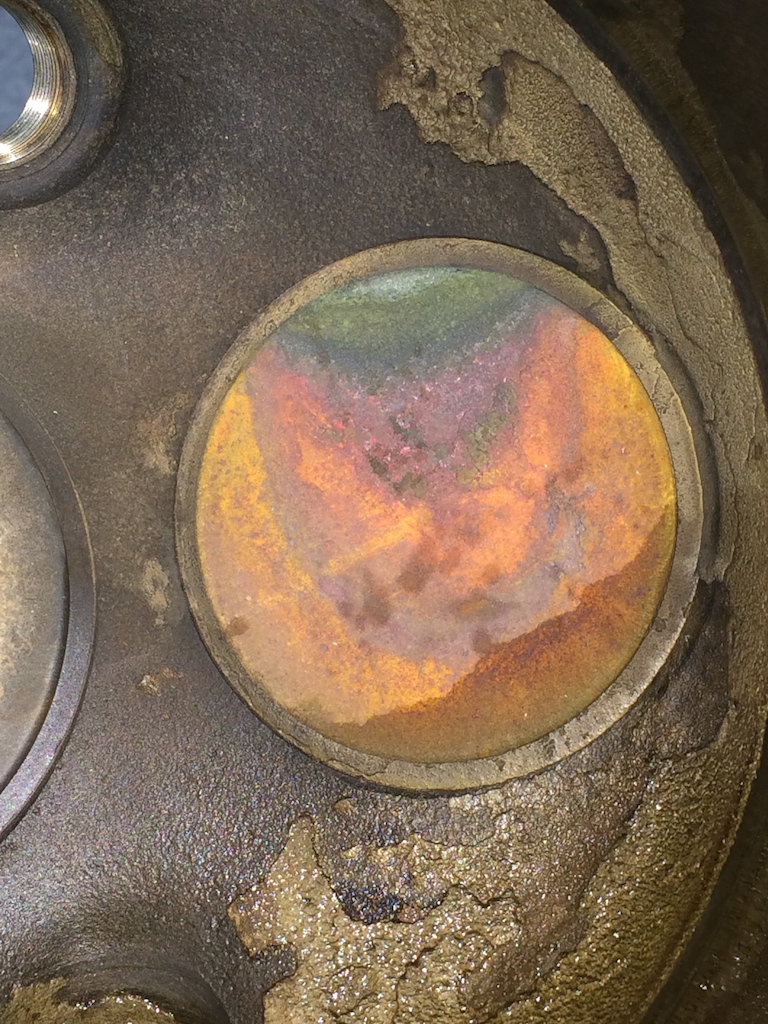Chesterspal
Pre-Flight
- Joined
- Apr 26, 2019
- Messages
- 94
- Display Name
Display name:
Chesterspal
If I'm inspecting the logs for a plane I'm interested in purchasing and I find, in the annuals, the engine compression is dropping a few points each year.... how much of a concern is that?
For instance: in 2017 it's 76/80 for #1, in 2018 it's 73/80 for #1
Also, how far apart can they be from each other before I need to worry?
Some articles I've read state that 60 in any cylinder is the minimum before overhaul while others state that is not necessarily the case and it can go lower. Which is correct?
For instance: in 2017 it's 76/80 for #1, in 2018 it's 73/80 for #1
Also, how far apart can they be from each other before I need to worry?
Some articles I've read state that 60 in any cylinder is the minimum before overhaul while others state that is not necessarily the case and it can go lower. Which is correct?
Last edited:


